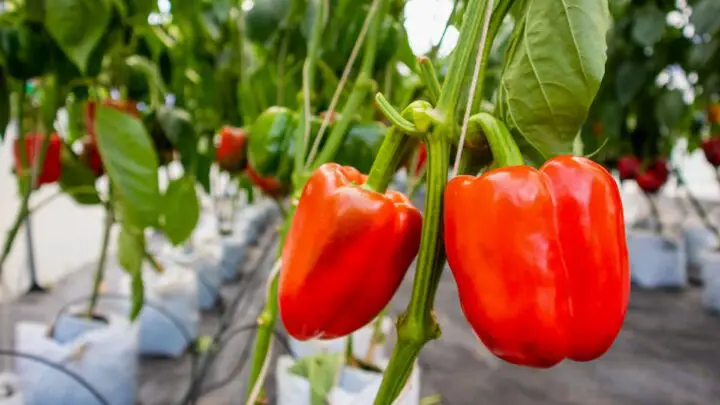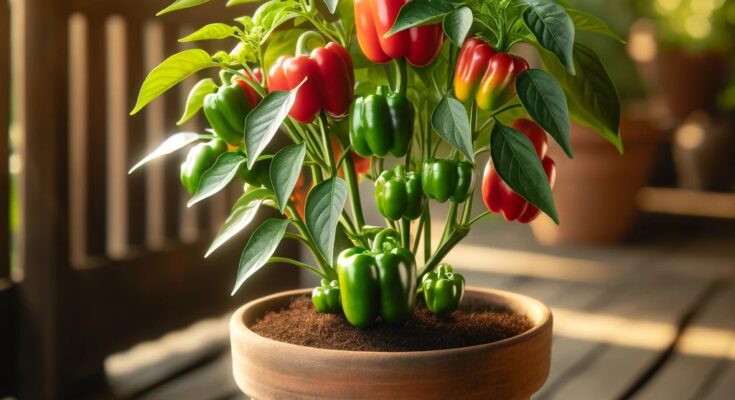
12 Proven Methods for Successfully Growing Peppers Indoors: A Beginner’s Guide
Introduction: Are you an enthusiastic gardener looking to spice up your indoor gardening game? Growing peppers indoors can be a rewarding and flavorful experience, even if you’re a beginner. Whether you’re a city dweller with limited outdoor space or just want to enjoy fresh peppers year-round, this guide will provide you with 12 effective methods to ensure a bountiful indoor pepper harvest.
- Choose the Right Pepper Varieties: Not all pepper varieties are suited for indoor cultivation. Opt for compact and dwarf varieties, such as jalapeños, Thai chilies, or bell peppers, as they adapt well to indoor conditions.
- Provide Adequate Lighting: Peppers require plenty of light to thrive indoors. Invest in full-spectrum LED grow lights or fluorescent tubes to mimic natural sunlight. Ensure they receive 12-14 hours of light each day.
- Maintain Proper Temperature: Peppers thrive in temperatures between 70-85°F (21-29°C). Avoid exposing them to extreme fluctuations and drafts.
- Use High-Quality Potting Mix: Select a well-draining potting mix rich in organic matter. Peppers prefer slightly acidic soil with a pH of 6.0-6.8.
- Choose the Right Containers: Opt for containers with good drainage holes to prevent waterlogged roots. Five-gallon pots are typically suitable for pepper plants.
- Water Wisely: Overwatering can lead to root rot, so let the top inch of soil dry out before watering. Use a saucer to catch excess water and maintain humidity levels.
- Fertilize Regularly: Pepper plants require regular feeding. Use a balanced, water-soluble fertilizer and follow the instructions on the label for optimal growth.
- Prune and Pinch: Regularly prune and pinch back your pepper plants to encourage bushy growth and higher pepper yields. Remove any dead or yellowing leaves.
- Pollinate Manually: Indoor peppers may not have access to outdoor pollinators. Gently shake the plants or use a small paintbrush to transfer pollen between flowers.
- Support Your Plants: As your pepper plants grow, they may become top-heavy. Stake or use tomato cages to support the stems and prevent breakage.
- Watch for Pests and Diseases: Keep a close eye on your pepper plants for signs of aphids, spider mites, or fungal infections. Act promptly with organic pest control methods if needed.
- Harvest and Enjoy: Once your peppers reach the desired size and color, gently pluck them from the plant. Enjoy the fruits of your labor in your favorite dishes.
Conclusion: Growing peppers indoors can be a fun and rewarding endeavor for beginners. By following these 12 methods, you can create a thriving indoor pepper garden that yields fresh and flavorful peppers year-round. Experiment with different pepper varieties and enjoy the taste of your homegrown peppers in your culinary creations. Happy gardening!



